Simulating motion as a response to forces exerted from flow is a complex and often computationally extensive task. Luckily, in Simcenter STAR-CCM+ we can utilize the DFBI (Dynamic Fluid Body Interaction) module to simulate the motion of a rigid bodies, like ships. Without effort we can expose a vessel to forces from the physics continuum, or to any additional forces that we define and study its reaction. Simcenter STAR-CCM+ calculates the resultant force and moment acting on the rigid body and solves the governing equations of motion to find the new position of the rigid body. In this week´s blog we take a closer look on how we can apply a damping moment to the ship to mimic the effect of stabilizers.

A ship at sea has typically 6 degrees of freedom, i.e. roll, heave, pitch, yaw, sway and surge. From which the figure below shows all the rotation motions. Of these, one motion is very critical not only for passenger comfort but also for the safety of the ship: roll.
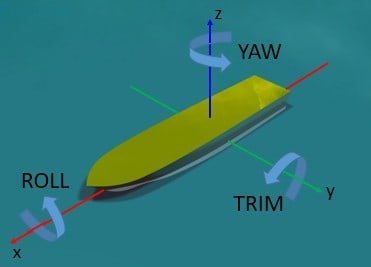
When our ship is travelling in waves, it starts to interact with the waves such that the center of buoyancy is no longer aligned with the center of gravity. The additional buoyancy on one side results in a heeling moment which turns her to the side. Smaller waves affect a ship not very much. However, when as the wave grows and the wavelength increases, she will lean over to one side. This becomes critical when the frequency of the waves matches the natural period of the ship´s roll. The vessel will heel beyond a point or angle of heel from which it cannot return to an upright condition.
Roll is on the other hand the only ship motion that can effectively be reduced in practice by fitting bilge keels, anti-rolling tanks or fin stabilizers. There by large roll motions can be avoided by generating forces equal and opposite to the impressed sea force.
Now, when we know the effect of the applied stabilizers, we can simulate their impact on the ship´s motions without actually modelling the stabilizer geometry. To do that we can apply a damping moment to the DFBI model. The damping moment acts with respect to the position of the body in opposition to the angular velocity vector.
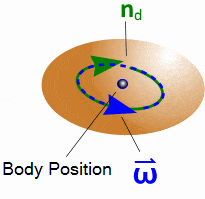
The general formulation of a damping moment is a linear damping function with a damping constant. However, the DFBI Damping Moment is applied in all free motions. One way to perceive it is as: DFBI Damping Moment is a value to stabilizing the motion. Unfortunately, damping the motion around only one axis as expected from stabilizers, requires a little bit more effort.
If we want to recreate the damping effect of a stabilize the way to approach this would be instead of using DFBI Damping Moment to choose DFBI Moment where we can describe a Moment in only one direction as a function of the damping constant (as in the damping moment) and angular velocity value related to the stabilizing fins.
Looking at an example where we heel the boat at initialization and release it from there, we can see the effect of the DFBI damping moment. The motion is noticeable reduced around the longitudinal axis.
We can compare the implemented DFBI Damping Moment and the “handcrafted” damping moment applied in only one direction. A plot of the monitored motions clarifies that the roll motions is damped the same way with both implementations.
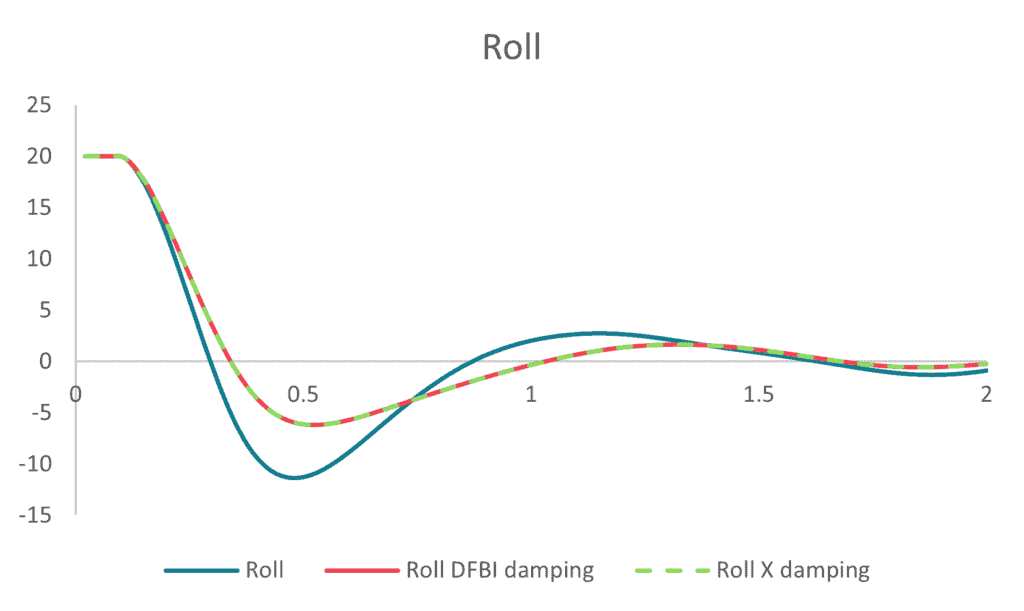
If we now compare motions in a case where the ship additionally has a motion in trim and yaw, we can see a difference from damping moments applied. The yaw motion is significantly lower in case when applying the DFBI damping moment, compared with applying a moment only around x-axis. The trim, however, doesn´t show a clear distinction. This is most likely related to the small angular velocity around y-axis.
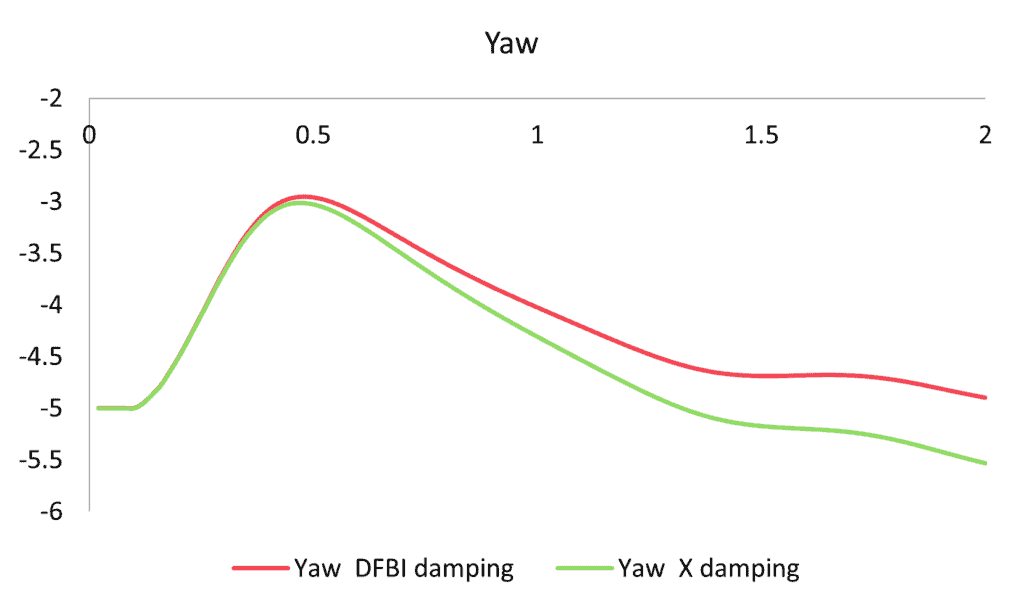
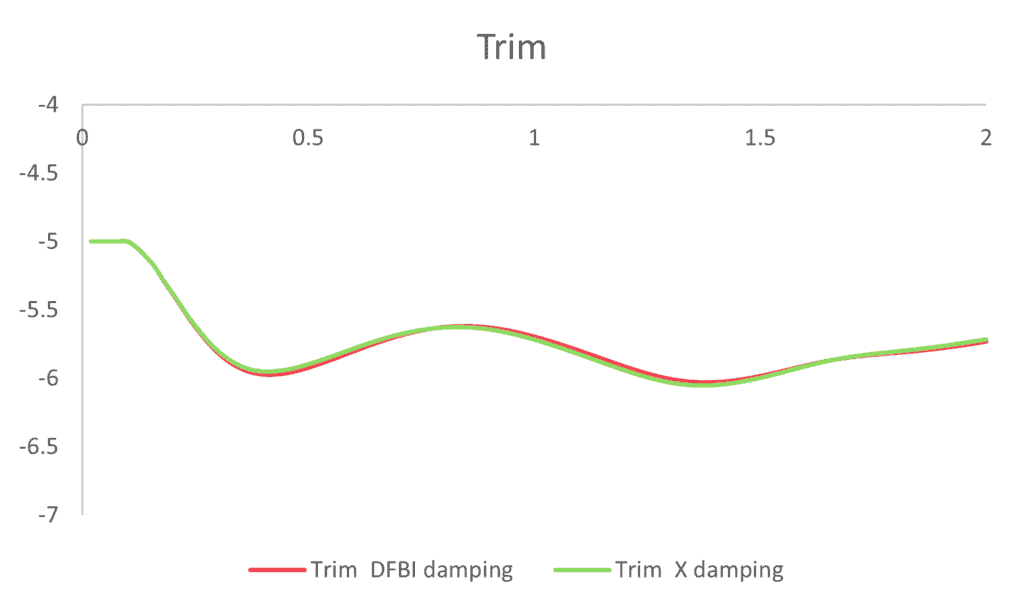
So, in case you are in need to model the effect of a stabilizer for ship motion, you may find this idea helpful to save you some computational time, to find better solution faster.
The Author
Florian Vesting, PhD
Contact: support@volupe.com
+46 768 51 23 46
